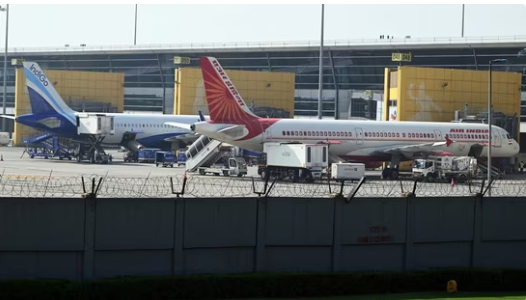In recent years, incidents involving bomb threats on flights have heightened global concerns about aviation security. While the majority of these threats turn out to be false alarms, they pose serious challenges for both airlines and passengers. Knowing how to respond calmly and effectively in such situations is critical for safety.
Immediate Steps Upon Hearing a Threat
If a bomb threat is made while you are on board, your first instinct might be to panic, but staying calm is essential. Passengers should immediately follow the crew’s instructions. Flight attendants are trained to handle emergency situations, and they will communicate any necessary actions promptly. Passengers should remain seated, keep their seat belts fastened, and avoid causing disruption unless advised otherwise.
Do Not Investigate or Intervene
It is important for passengers to resist the temptation to investigate or try to identify suspicious objects themselves. If you notice any unusual behaviour or unattended items, discreetly inform the cabin crew without drawing attention. Airlines have protocols for investigating and managing potential threats, and it’s best to let the professionals handle the situation.
Communication and Alerts
In such scenarios, flight crews may communicate the threat to the passengers, depending on the level of severity. In some cases, the captain might make an announcement, though often communication will be more controlled to avoid panic. Passengers should refrain from using electronic devices excessively, particularly mobile phones unless they are instructed to do so for safety reasons.
Cooperate with Security Personnel
Upon landing, security protocols may require the plane to be directed to a remote area of the airport. Once on the ground, passengers should remain seated and wait for instructions. Security personnel, including bomb squads or specially trained police, may board the aircraft to assess the threat. Passengers should cooperate fully with these teams and follow instructions during any necessary evacuations or checks.
Emergency Evacuations
In the rare case that an emergency evacuation is required, passengers should leave all carry-on luggage behind. Trying to retrieve personal belongings can slow down the evacuation process and increase the risk of harm. Follow the safety briefing given by the crew regarding how to exit the plane quickly and safely, using designated emergency exits.
Post-Threat Procedures
Even after a bomb threat is cleared, passengers may be subject to additional questioning or security screening. These procedures are put in place to ensure that no threat remains. While this can be inconvenient, cooperation with authorities can expedite the process and ensure the safety of all involved.
Staying Informed and Prepared
As incidents like bomb threats become a concern, passengers can be proactive by reviewing safety instructions during the pre-flight briefings. Many airlines also offer information on their websites or mobile apps regarding emergency protocols. Being informed before a flight can help passengers react more efficiently in the rare event of a bomb threat.
While bomb threats on flights are rare, they are taken seriously by aviation authorities. By staying calm, cooperating with the crew and security personnel, and following all safety procedures, passengers can help ensure their own safety and the safety of those around them.








 India
India












